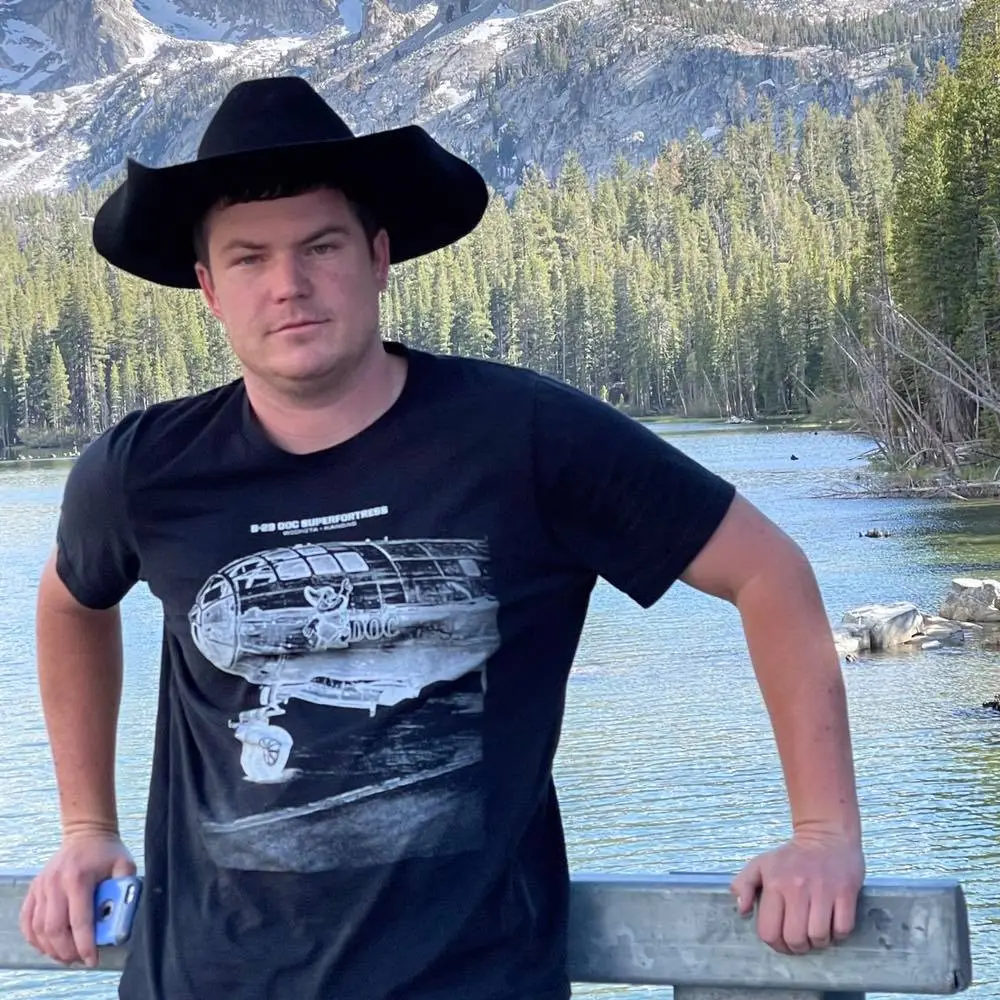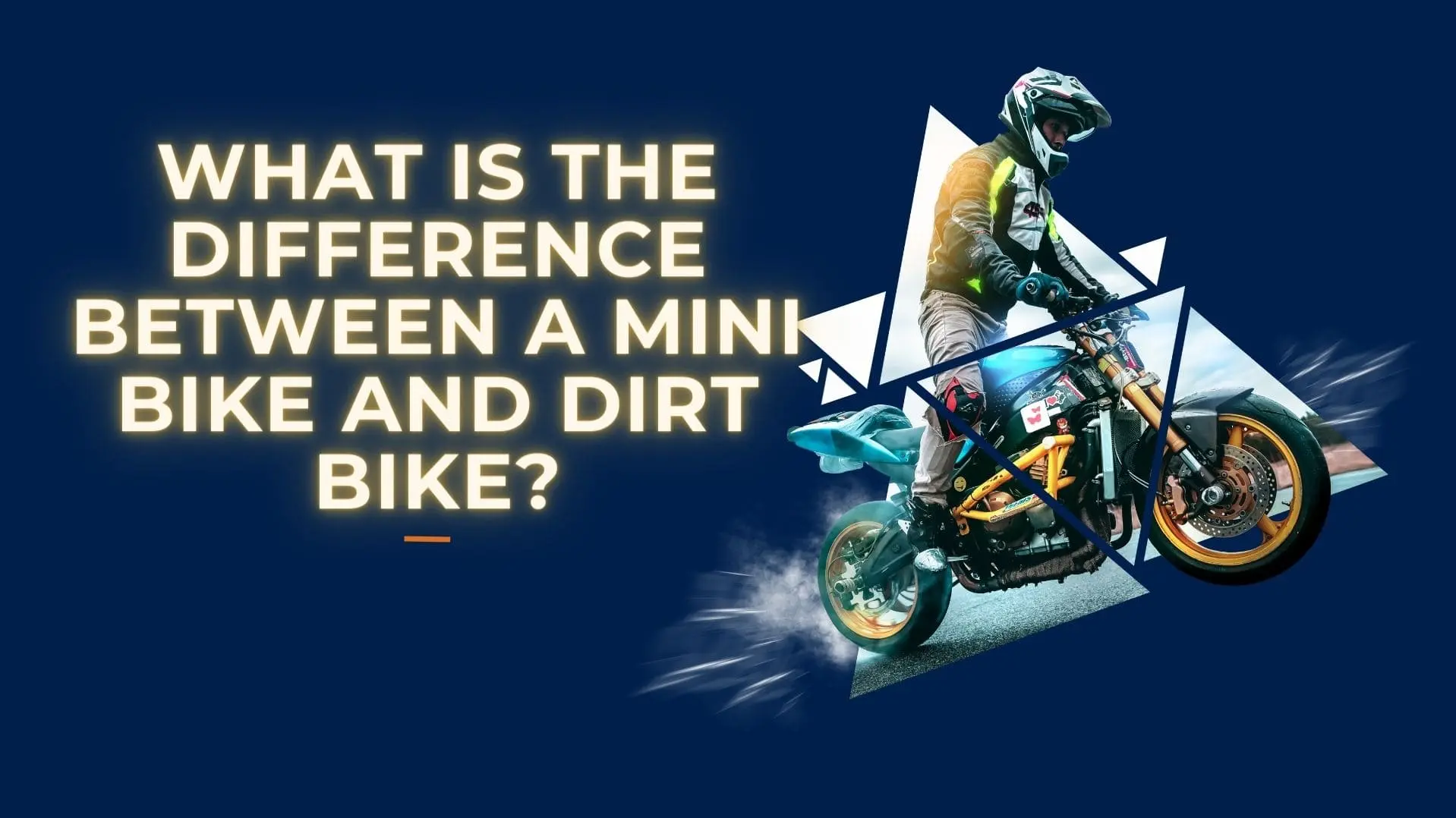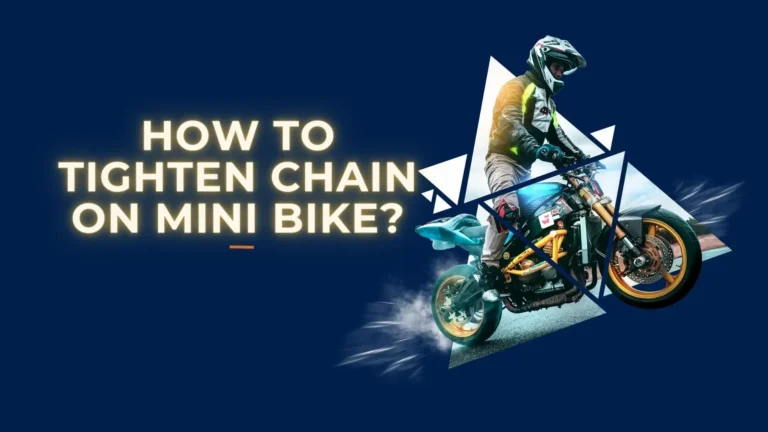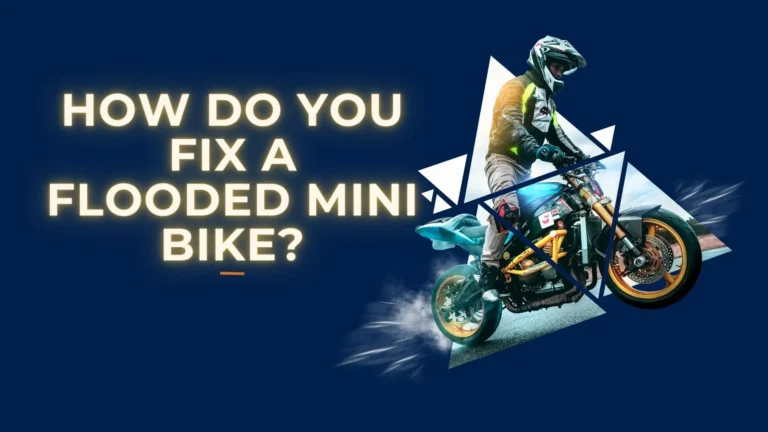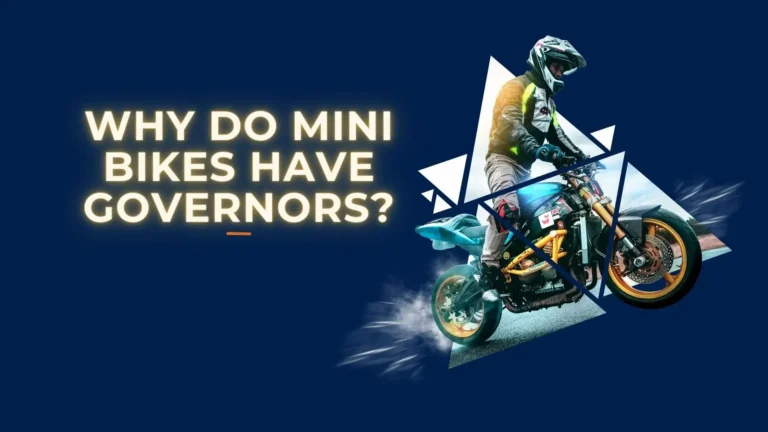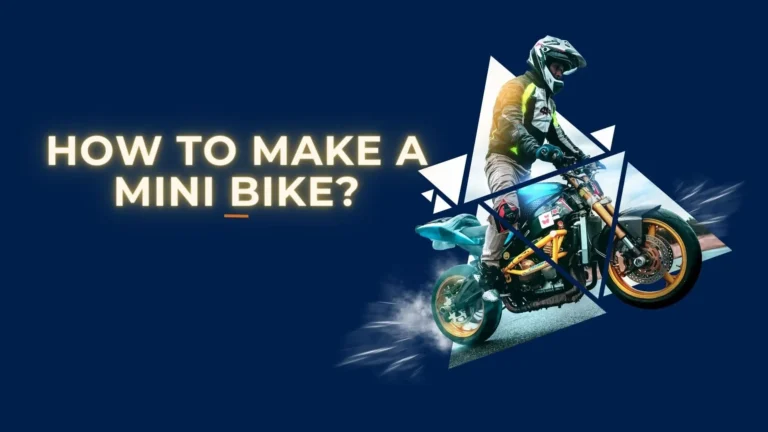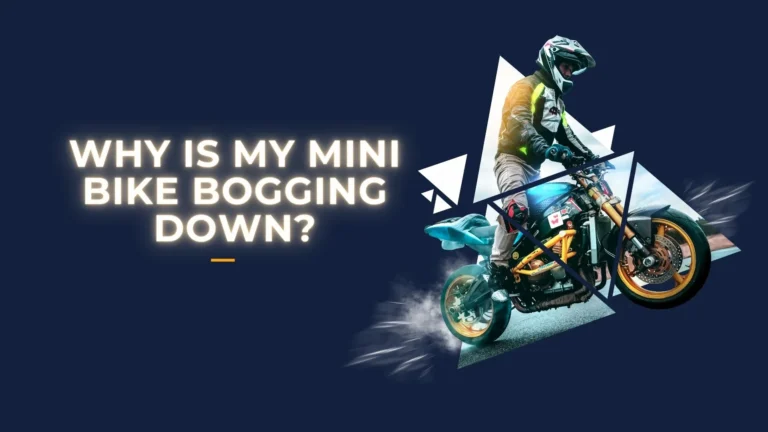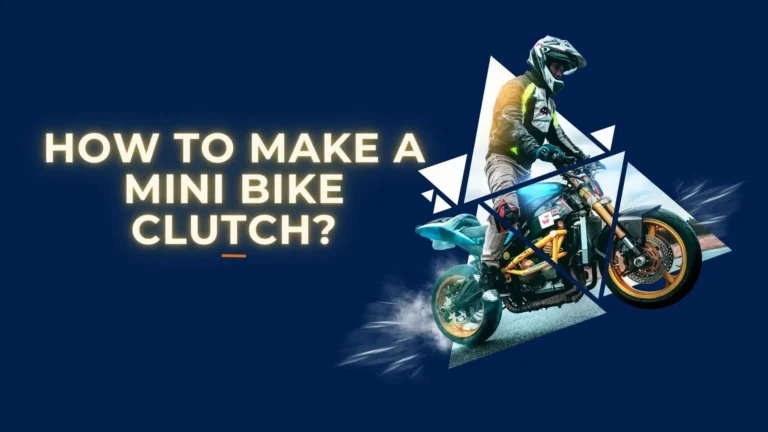Mini Bike vs Dirt Bike – What Is the Difference?
If you ask most riders, mini bikes and dirt bikes seem really similar. They both have two wheels, engines and let you ride off-road. But once you try them, big differences quickly stand out that make each bike special.
As someone who enjoys all kinds of motorcycles, I get asked a lot – “what’s better, a mini bike or dirt bike?” After testing both for years, I’ll explain the key things that set them apart.
In a nutshell:
- Mini bikes are smaller and meant for fun backyard cruising. Their automatic transmissions make riding easy.
- Dirt bikes are bigger machines built to race through mud and hills. You shift manual gears to control speed.
This guide will highlight why you might pick one over the other. Let’s compare their size, power, costs and overall strengths head to head! By the end, you’ll know which type suits your needs.
Key Takeaways
- Mini bikes are smaller, meant for casual backyard fun. Their automatic transmissions make riding straightforward for beginners.
- Dirt bikes are larger, built to handle rough terrain and high speeds. Riders shift manual gears to control power.
- Mini bikes cater to new or short riders with compact frames, low seat heights and small wheels.
- Dirt bikes have adult-scaled proportions and a range of high performance engines up to 60+ horsepower.
- Mini bikes have automatic clutch and transmission so riders just twist and go. Dirt bikes require clutching and manual gear shifts.
- Mini bikes excel on smooth paths and gentle terrain. Dirt bikes handle rocky trails, mud, big jumps and climbs.
- Mini bikes can potentially be street legal. Most dirt bikes lack signals/lights so remain off-road use only.
- Mini bikes have basic components and cost $200-$500 for good accessibility. Dirt bikes run $1500+ but offer suspension, power and brakes to match their capabilities.
Size Matters – Mini Bikes vs Dirt Bikes
When it comes to size, mini bikes and dirt bikes are night and day. Just take one look at each vehicle and major differences stand out that influence everything from riding position to handling.
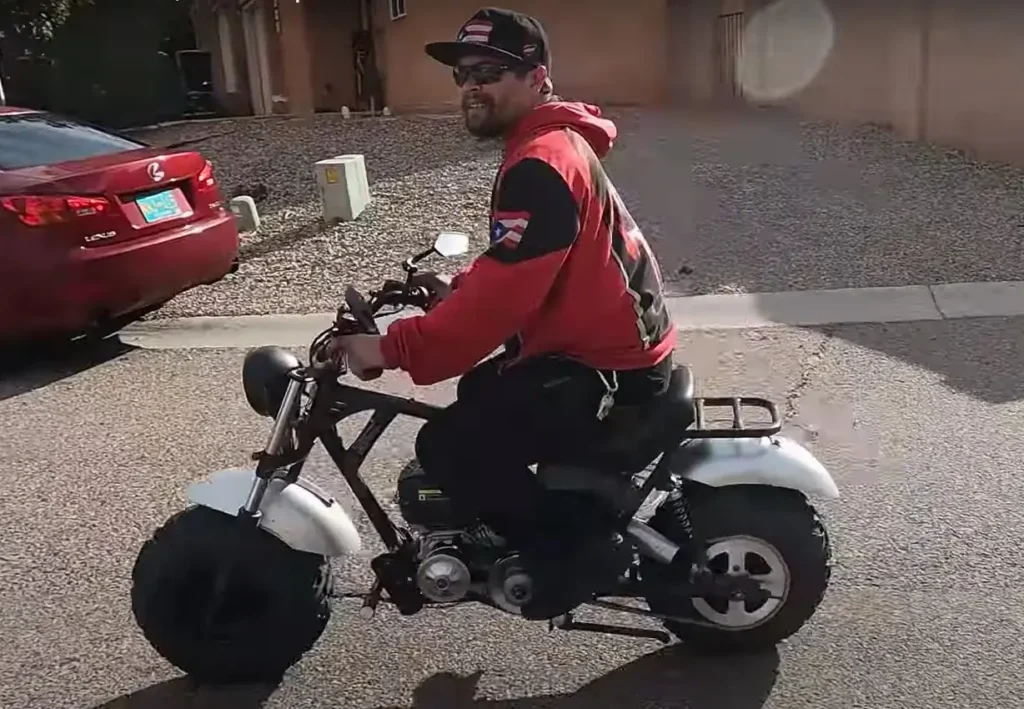
Mini Bikes
- Small, compact frames scaled down for smaller riders. Makes controlling the bike easy.
- Low seat heights around 25-30 inches. Allows riders as young as 6 years old to comfortably reach the ground.
- 4-6 inch wheel diameters. Enables tight turns with quick steering.
- Sit extremely close to the ground. Low center of gravity lends stability but ground clearance suffers.
Dirt Bikes
- Larger frames sized up for adult riders. More power and suspension travel needed.
- Tall seat heights around 35-40 inches. Requires good coordination and leg length to maneuver.
- 21-23 inch wheels standard. Rolls over objects and holes with less issue.
- Higher ground clearance thanks to long suspension travel and increased ride height. Enables climbing steep hills and clearing jumps.
As you can see, mini bikes cater towards new or vertically challenged riders with their almost shrunken proportions. Dirt bikes are bigger machines that account for more rigorous riding.
Pick Your Power – Mini Bike Engines vs Dirt Bikes
When it comes to providing speed and torque, mini bikes and dirt bikes appeal to different riders with their single cylinder powered performance.
Mini Bikes
- Engine sizes range from 50cc mini motors up to 212cc variants. Small displacement keeps power output low.
- Common engine types include 2 stroke and 4 stroke options. 2 strokes favor simplicity, 4 strokes last longer.
- Low power output suited for casual riding. Around 5-10 horsepower is standard for mini bike engines. Enables speeds of 30-45 mph.
- Electric mini bikes are available too with instant throttle response. Top speeds reach around 30 mph.
Dirt Bikes
- Larger engine sizes spanning 125cc, 250cc and 500cc models. More cylinders and displacement boosts power.
- 2 stroke dirt bikes focus on high revving power. 4 stroke engines emphasize torque and smoothness.
- High power output lets dirt bikes reach 60+ mph speeds and climb tough terrain. Race-oriented 450cc bikes make over 60 horsepower!
- Manual clutch gives riders launch and wheelie control that mini bikes lack.
While mini bikes are governed to slower recreation-friendly speeds, dirt bikes offer a range of engine performance tiers to match riding styles. With enough throttle, dirt bikes let you catch big air time!
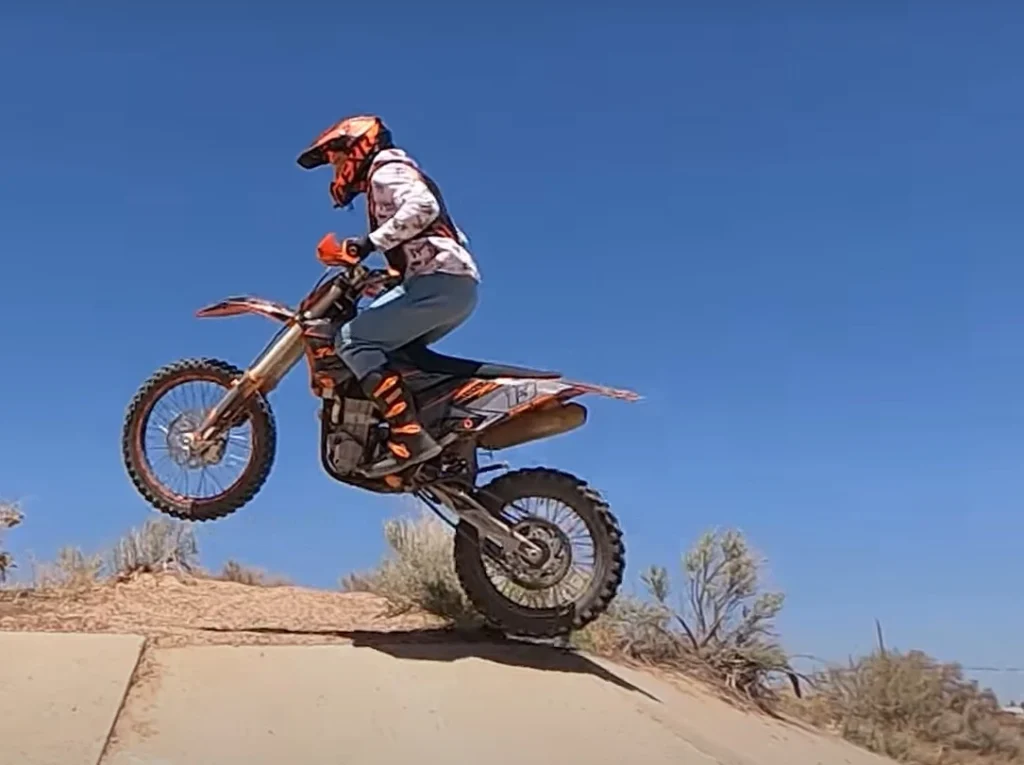
Shifting Gears – Or Not!
Dirt bikes have manual transmissions that need clutching and shifting. Mini bikes keep it simple with automatic operation.
Mini Bikes
- Riders don’t shift any gears. Just twist the throttle to go. Easier for new riders.
- The clutch system is basic. Engages the engine power automatically.
- Twist the right handlebar to increase speed smoothly.
- Focus on steering without stalling worries.
Dirt Bikes
- Complex transmissions need shifting gears manually. Takes practice.
- Experienced riders use the hand clutch for stunts like wheelies.
- Must shift gears up and down to control engine speed for conditions.
- Shifting mastery lets dirt bikes accelerate and handle better.
While gear shifting has its thrill, mini bikes simplify operation for casual backyard fun. Dirt bikes challenge riders to develop technical clutch and shifting skills first.
Where These Bikes Excel
Mini bikes and dirt bikes differ in their optimal riding habitats.
Mini Bikes Rule On:
- Smooth dirt paths
- Backyard tracks
- Gentle hills
- Their neighborhood
With small tires and low clearance, mini bikes work best on flat, groomed riding surfaces. Think trails weaving through the woods or circuits around trees in your yard. Their skills fall short conquering tall hills or rough ground.
Dirt Bikes Dominate:
- Rocky terrain
- Deep mud
- Big jumps
- Tough climbs
Knobby tread and long suspension lets dirt bikes traverse harsher off-road conditions at speed. Rugged woodland trails, desert canyons and extreme motocross tracks qualify as play zones for these machines.
Legal Difference
Most dirt bikes lack signals and lights required to make them street legal. Mini bikes can obtain registration in some areas to ride local roads legally.
Parts and Features
Mini Bikes
- Basic front and rear drum brakes for stopping. Less effective in wet/muddy conditions.
- Small treaded tires between 4-8 inches tall. Work well for riding over light debris and minor bumps.
- No front suspension. Optional basic rear shocks with 1-2 inches of travel help smooth out small bumps.
- Use a pull start cord or button to fire up the 50cc-212cc engine.
Dirt Bikes
- Dual piston hydraulic disc brakes offer strong, consistent braking force in any condition.
- Large, deep treaded knobby tires from 21-23 inches tall. Dig into mud/loose dirt for traction over rough terrain.
- Adjustable inverted front forks allow 6-12 inches of suspension travel. Soak up landings from tall jumps.
- Electric start buttons are common but a strong kick starter pedal can ignite engines in emergencies.
Both use a carburetor to mix air and fuel. Mini bike tanks hold 0.5-1 gallon, dirt bikes 1.5-2.5 gallons.
Cost Differences
- Complete mini bikes from retailers cost $200-$500. Building your own from a kit runs even less at around $150. Very budget friendly.
- Youth dirt bikes with small engines start around $1,500. High performance race bikes from brands like KTM or Husqvarna run $9,000+. Bigger investment required but offers performance to match.
- Given basic components, mini bikes are rather simple for owners to maintain, customize and repair. Dirt bikes have much more complexity including tuning sensitivities, necessitating mechanic shop visits.
Which Bike is For You?
If you want:
- A budget way to start riding → Mini Bike
- Simple operation and maintenance
- Comfortable size for kids → Mini Bike
- Casual backyard fun → Mini Bike
If you want:
- Off-road racing performance → Dirt Bike
- Ability to ride tough terrain → Dirt Bike
- Adult capability and features → Dirt Bike
- Immersive riding experience → Dirt Bike
Hopefully this breakdown makes choosing between these off-road motorcycles much clearer! Feel free to reach out with any other questions.
